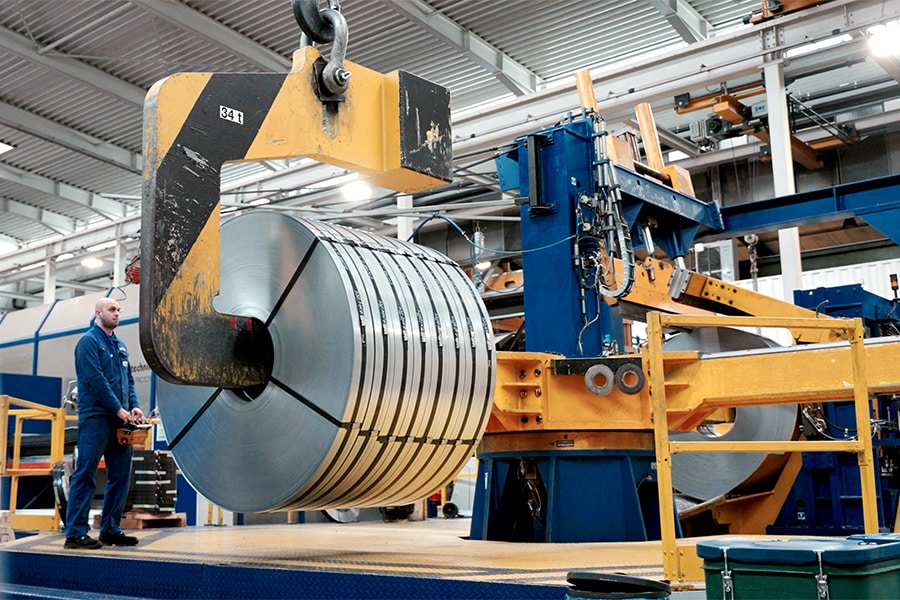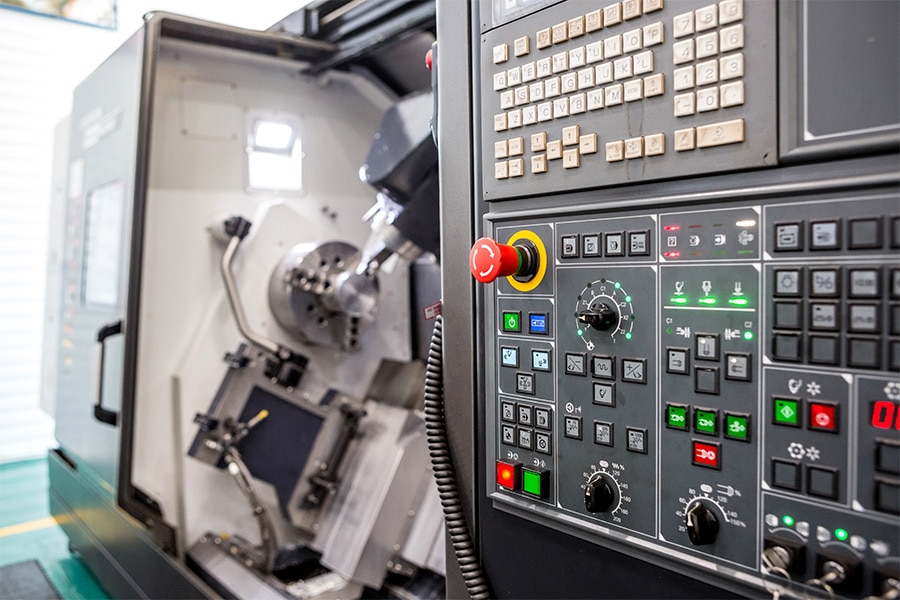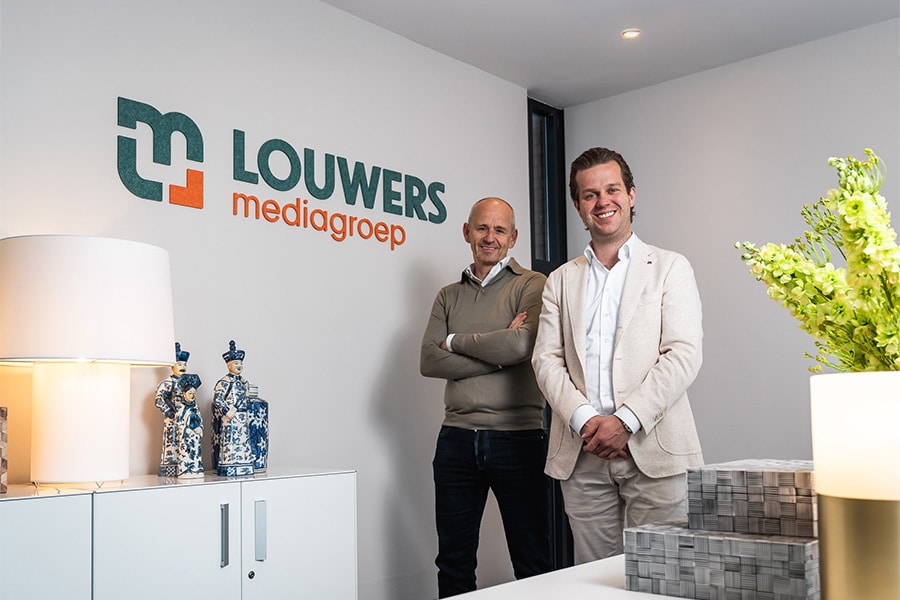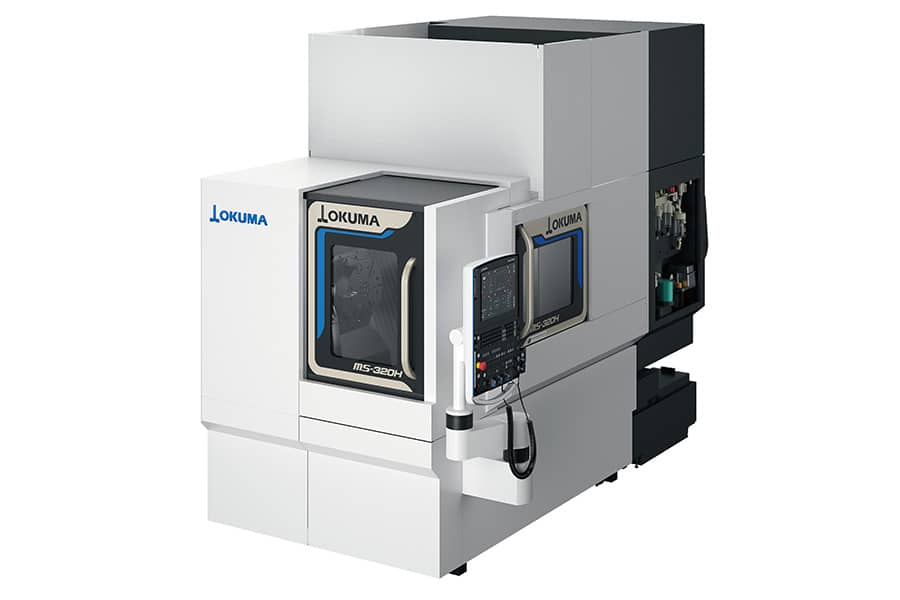
A data-rich future for plasma cutting
Metalworkers don't have it easy. In the aftermath of the corona crisis, raw material prices fluctuated sharply, technically skilled personnel became even scarcer, and energy prices went way up. Moreover, customers are becoming increasingly demanding. It makes manufacturing companies increasingly turn to automation technology, but that also requires more precision at the very beginning of the process. When cutting the pieces. Pieces that then preferably also come off the machine as well as possible, so that they require little to no post-processing. This means that the plasma cutting process must be optimally controlled more than before. This can be done by smarter management of consumables (nozzle, electrodes, protection cap, diffusers, jaws, swirl ring, etc.) and by adding data.
Today, the lion's share of downtime on plasma cutting machines is related to wrong choices in consumables. For example, when an operator assembles them in the wrong way, does not match the parts perfectly or continues to use them for longer than they can last. That means there are still a lot of efficiency and quality gains to be made in plasma cutting in the coming years. Not by cranking up the brute force, but by using data in a smart way. The plasma cutting machine may be the brain, but the consumables are the heart of plasma operations. They are very important, yet they are often misused. For example, by choosing the wrong one for the task at hand. On average, a plasma cutting torch contains between three and seven consumables. If these are mismatched or incorrectly assembled, things can quickly go wrong.

Proper management of consumables are a must
There are several reasons for the problems. For example, much has to do with proper organization and management. Keeping everything unlabeled in one drawer is asking for trouble. A well-structured inventory that clearly distinguishes between the degree of wear on the parts (new, used or near the end of their useful life), format and characteristic properties can work wonders. After all, changing does require some effort from operators, who want to waste as little time as possible. Good inventory management for all plasma cutting consumables is an important prerequisite for avoiding errors. After all, incorrect usage will have its impact on the quality of the cut and thus call for more rework. And that is exactly what manufacturing companies cannot afford today.

Complex process
Efficient inventory management will also now pay double dividends because there is less and less technical knowledge in the workshop. The more different types of plates that are cut, the more different configurations of consumables will be needed.
Especially since customer requirements for cutting can also vary. So cutting quality depends more and more on the operator in question. The latter must know which consumables will work well or not well for the order he has to finish. Don't make it more difficult for him than it already is. Because he must also consider the correct amperage and choice of gases to achieve the highest possible cutting quality.

Organize, standardize, document
A good first step forward, therefore, is to organize consumables, standardize and document the selection process. It also doesn't hurt to have operators become more skilled in this through training so they know what they are doing. For example, the nozzle and electrode need to be changed often because they wear out faster than other components. Step two involves eliminating the choices. For example, by using a kit that already includes all the pieces a traditional plasma cutting torch needs. They are already aligned by the manufacturer and designed to wear out at the same rate. Thus, the operator only has to take out the kit suitable for a specific amperage and cannot make any other mistakes. Because there is now no mix of old, worn consumables and new ones being used, cutting quality will be higher.

Methodology needed
But the most important thing is to develop a methodology related to the inspection, management and replacement of consumables. If everyone in the workshop is taught the same basics, downtime will naturally be reduced. Taking the next step requires real-time information during plasma cutting. Experienced operators can interpret the plasma arc and draw conclusions about possible wear on parts from the image and sound. But real certainty only comes when they shut down the system and inspect the consumables. And if they don't react quickly enough, the problem will have already occurred.
Data to avoid errors
Completely "blind," however, operators no longer need to work. New developments in plasma cutting technology are changing that by integrating sensors into the plasma cutting torch. This is already being used today to prepare the cutting system for different applications. By working with color codes, for example, operators can always make the right selection. But a chip can also be added to the kit that can communicate directly with the control system. That chip then also simultaneously keeps track of all data about the cutting tasks. When operators or technicians scan it, they get to see when, where and how the consumables were used, how many cuts were performed with them and how many arc hours. If the kit and plasma cutters can communicate, the noses are always in the same direction. But if something is wrong in the parameters, the operator gets an alert.
Understanding the cutting process
Much can also be gained from the data in the long term. If in a given cutting application some consumables last three hours and others last six, the historical data can provide insight. Comparing and cross-checking them with other operational data can show, for example, that it was due to a lower adjustment of the air flow rate. Or the data can tell where certain operators are still falling short so that targeted training can be chosen. That will bring about more continuous cut quality across the entire production. So data help make better decisions in plasma cutting. In the future, they will even help make pieces more efficient and adjust scheduling so that fewer changeovers are needed. So the potential is undeniably great and it makes sense to take plasma cutting up another level.



